With its fragrant white, yellow, orange, pink or red blooms, Honeysuckle is a real magnet for butterflies, hummingbirds, and birds. If you choose to plant a shrub, you can expect it grows from 6 to 15 feet (1.8 – 4.6 m) height. Vining types are taller and can reach 10 to 20 feet (3 – 6 m) height at least.
I adore the scent of these seductive flowers, but you actually need to be careful with them. If you choose the ‘wrong’ species, you will find your yard cluttered with that plant since some species are highly aggressive. To recognize them, look at their stems. Stems of invasive, non-native types are hollow, while native plants have solid, upright stems.
The Most Popular Varieties of Honeysuckle
Honeysuckle originated in the northern hemisphere. At least twenty species of two hundred existing in the world are found in North America. Nowadays, we grow three types of this beautiful plant – vines, bush, and shrub variety.
Honeysuckle vines
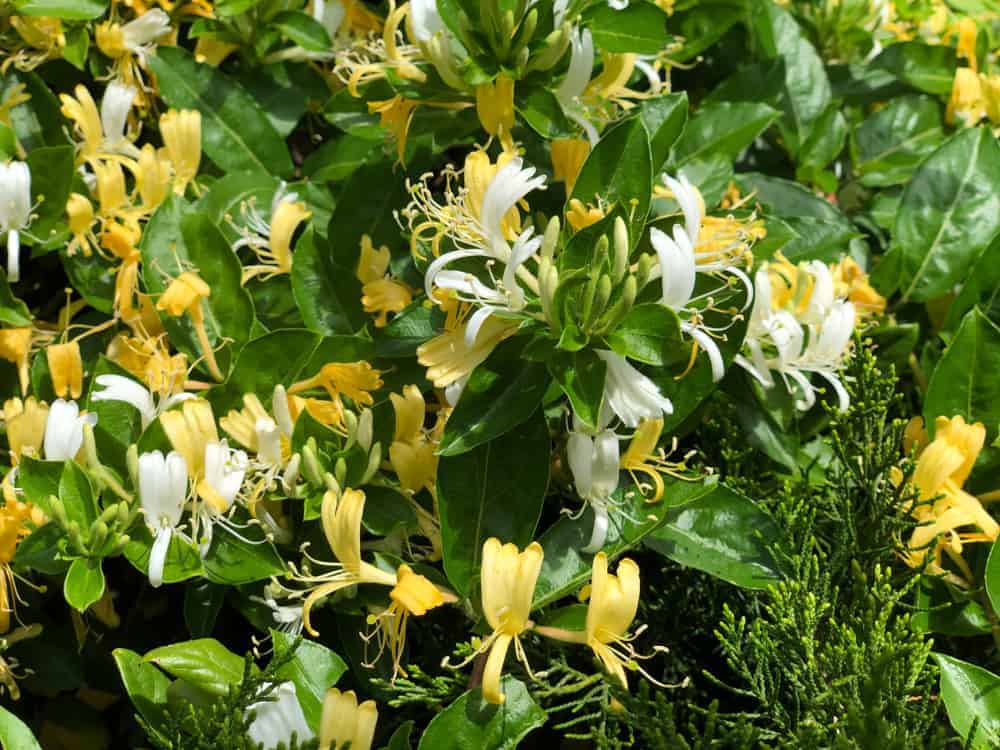
There are many varieties of this simple-to-grow climber available on the market. You can grow it in two different ways, including trellis-trained and ground cover method.
I adore their highly fragrant blooms and fruits, attracting butterflies, hummingbirds, and birds. How fast they will grow depends on many factors such as the type of the plant you choose, the fertility and moisture of the ground, and sun exposure during the day.
Shrub type
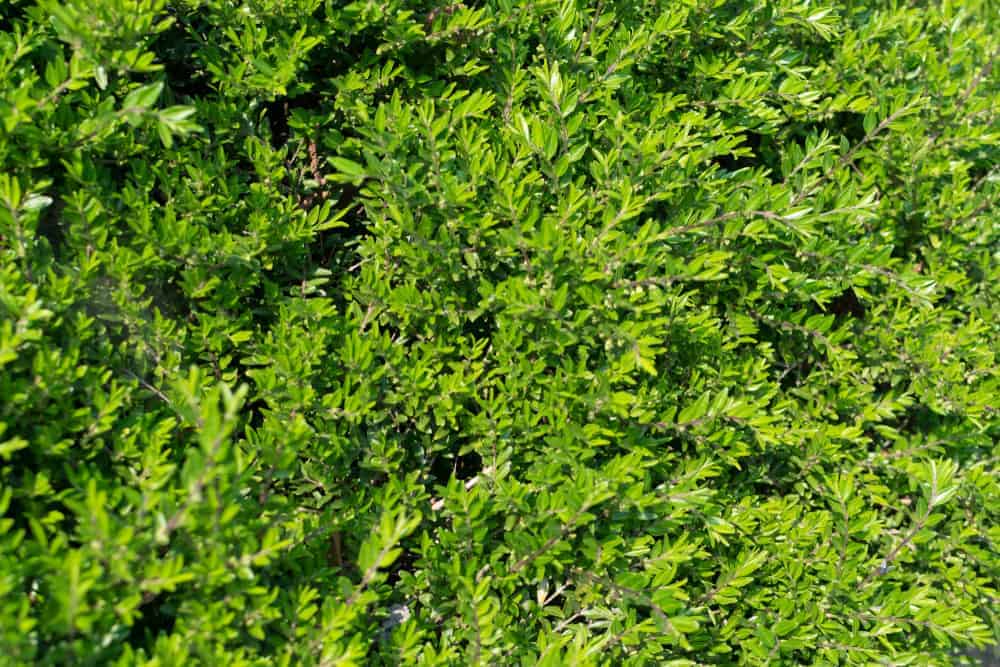
You can use this type of Honeysuckle as a casual hedge, but it grows well in a pot or container as well.
Bush type
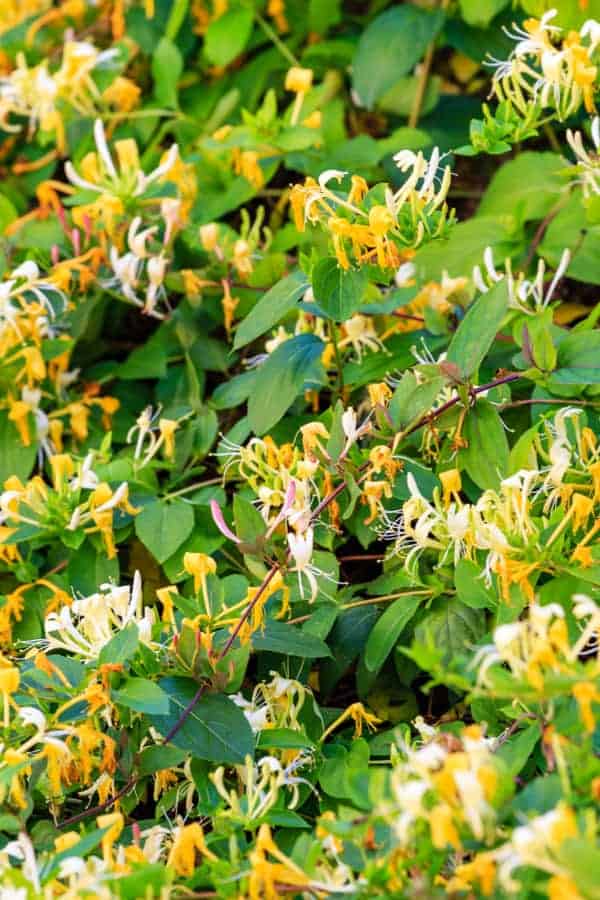
It is the most invasive type of this fragrant flower. Don’t plant it in your yard except in a case when you need a quick decoration. Honeysuckle grows quickly, and you can expect it to invade the wide-area and take over most parts of the garden.
Variations of Honeysuckle |
|||
|
Variety |
Flowers | Blooming time | Height |
| Baggesen’s Gold | White flowers | Spring |
5 feet (1.5 m) |
|
Graham Thomas |
Fragrant white flowers, which turn yellow | From July to September | 17 feet (5 m) |
| Mandarin | Orange-pink flowers without scent | From summer to autumn |
20 feet (6 m) |
|
Serotina |
Creamy white petals with a dark purple top of fragrant flowers | From July to October | 17 feet (5 m) |
| Lonicera x tellmanniana | Fragrant yellow or orange flowers | From May to July |
17 feet (5 m) |
|
Lonicera fragrantissima |
Fragrant white flowers | From January to March |
5 feet (1.5 m) |
Specific types
Trumpet (coral, scarlet) honeysuckle
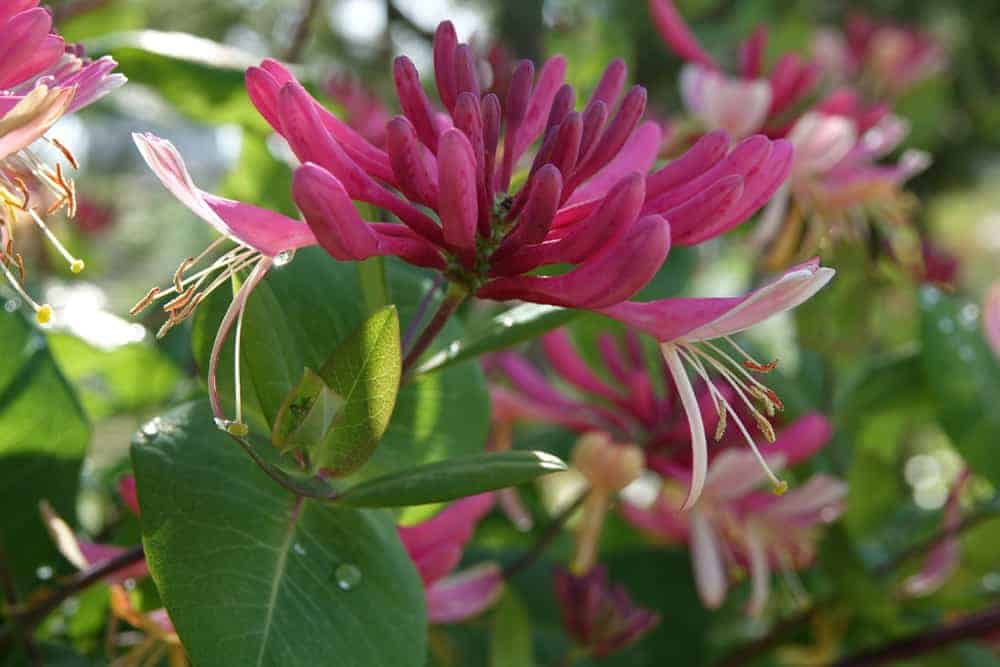
It is definitely the most popular type of Honeysuckle vines. It is a non-invasive flower native to southern states of North America.
If you find a sunny place with partial shade for it in your garden, you will enjoy the red or pink blooming from spring to autumn.
Japanese honeysuckle
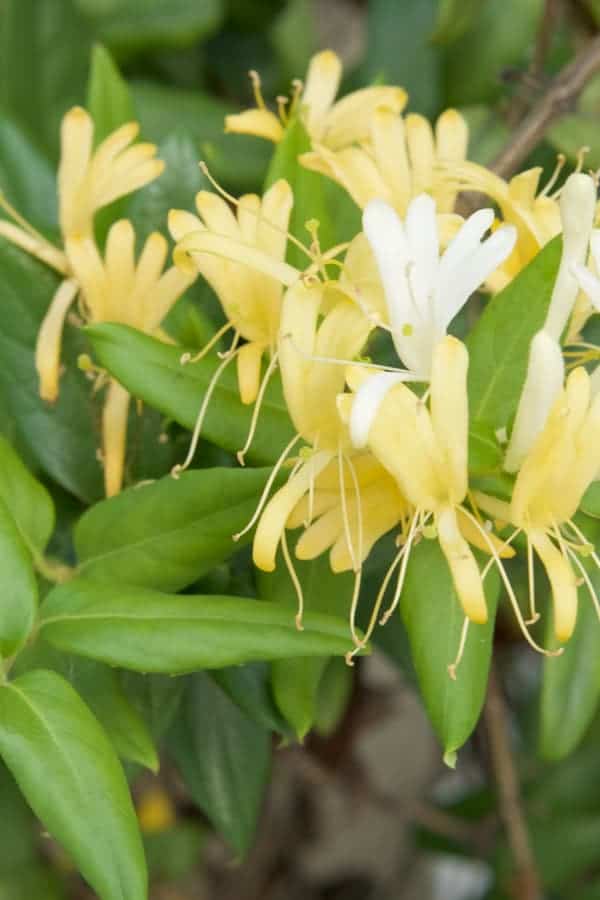
That vines type of Honeysuckle originated in the Midwest. Since this plant is extremely invasive, you can grow it as a ground cover.
However, it will also thrive if trained on a trellis, and its red or pink flowers will beautify your garden from summer to fall.
Sakhalin honeysuckle
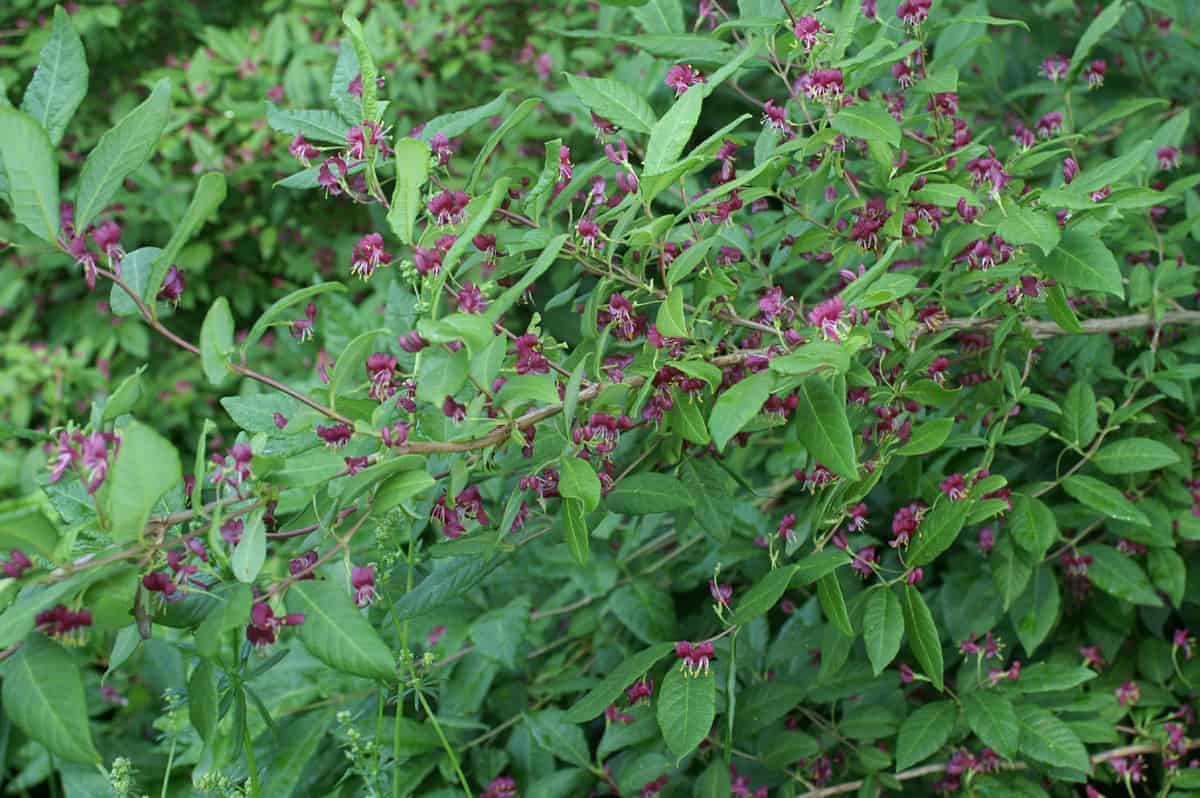
This fantastic, non-invasive shrub is well-known for its deep red flowers appearing in early spring.
Winter honeysuckle

It is a beautiful shrub, which can grow highly invasive in particular regions. You will enjoy its white blooms opening in a period from late winter to the beginning of spring.
If you grow this lovely shrub in a pot, you will bring a mesmerizing scent of lemon into your home.
White limestone (Texas) honeysuckle
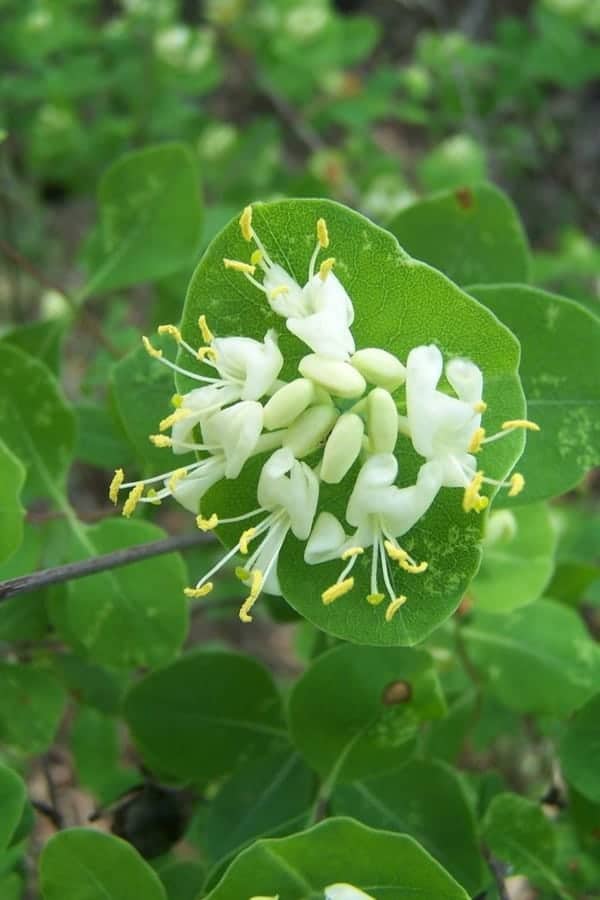
That non-invasive shrub variety produces amazing white-clustered flowers. Provide full sun to partial shade for it, and you will enjoy exotic blooming for a long period.
Honeyberry
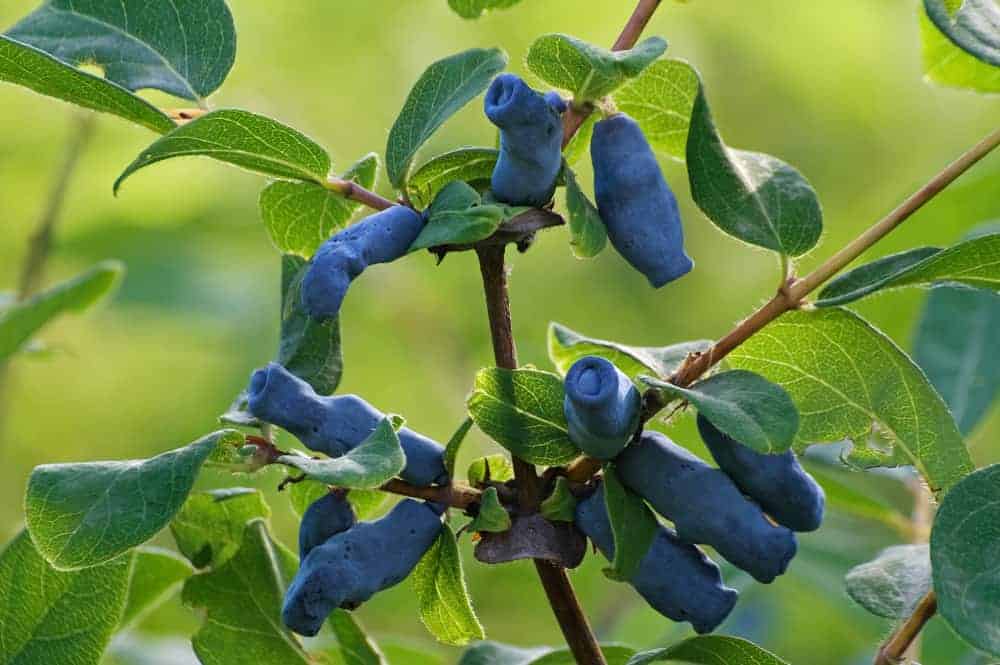
If you decide to plant this non-invasive variety in your garden, you will get a plant full of tiny white flowers. The great thing is that this plant produces clusters of elongated edible berries.
You can expect this long-lasting flower beautifies your yard for over fifty years, especially if the climate in your region is colder.
How to Plant Honeysuckle in Your Garden
You should plant most varieties in early spring after the last frost. On the other hand, you can plant climbing honeysuckles all year round, but avoid doing that when the soil is frozen.
Pick out one of three different ways to propagate this flower:
Layering
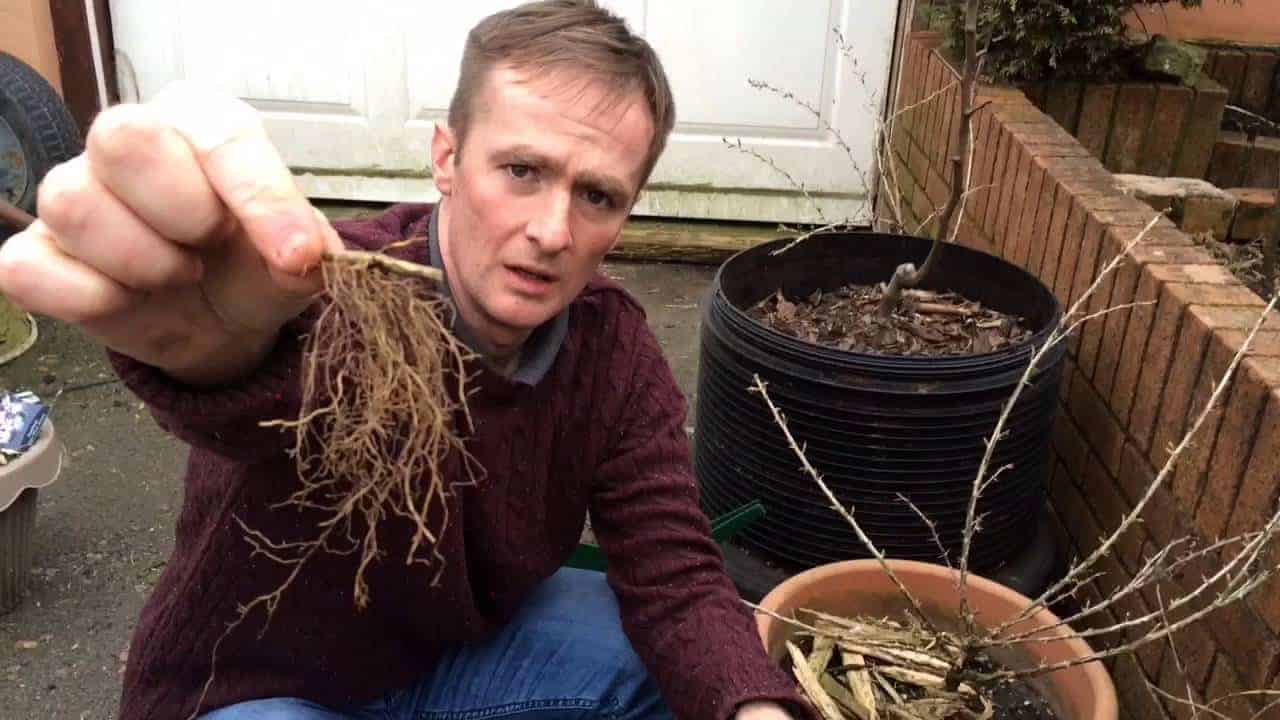
If you grow climbing Honeysuckle, you can use long, flexible stems to spread your flower. Bend these stems to the ground and set them on the surface. Cover them with the soil and wait for a buried part to become a new plant. It will start blooming within three years.
Cuttings
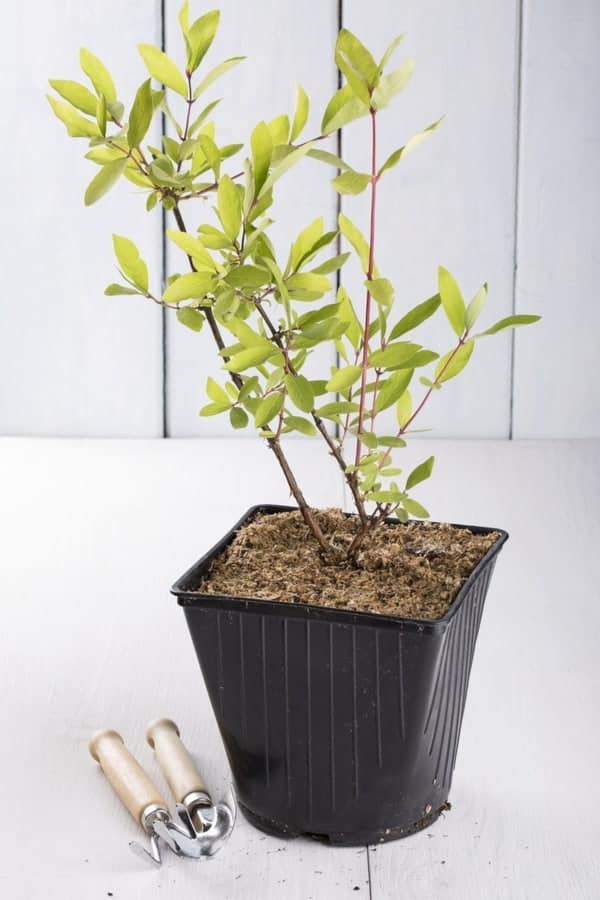
You can use softwood and semi-ripe cuttings in spring. Choose stems with as many leaf nodes as possible to get best results. Cutting shouldn’t be longer than 4 inches (10 cm) because longer ones usually dry out and fail.
Seeds
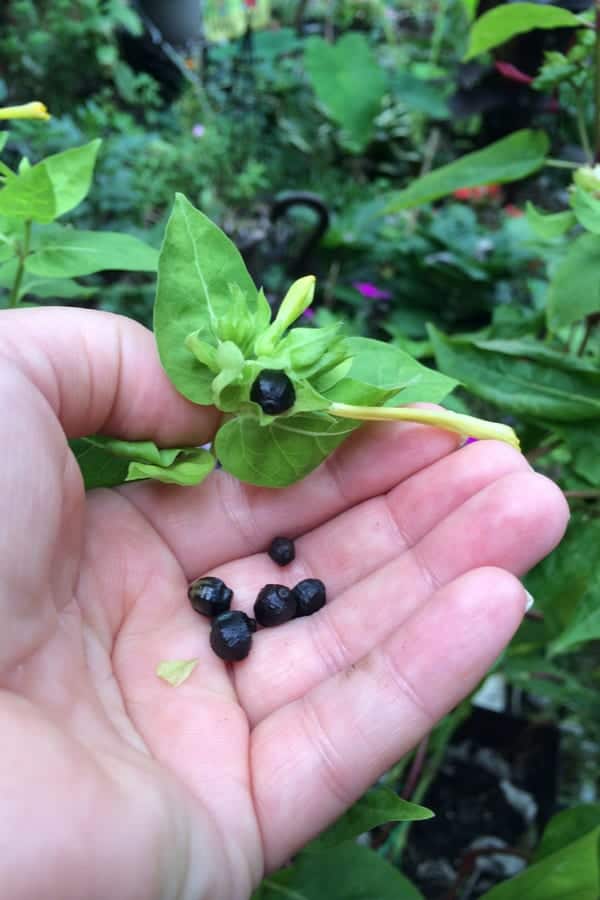
After collecting fresh ripe berries in fall, remove seeds and let them dry. Sow seeds in a pot and put it in place with the temperatures from 55 F to 65 F (13 – 18 C). You will need to wait one to three months for seeds to germinate.
Planting in the garden
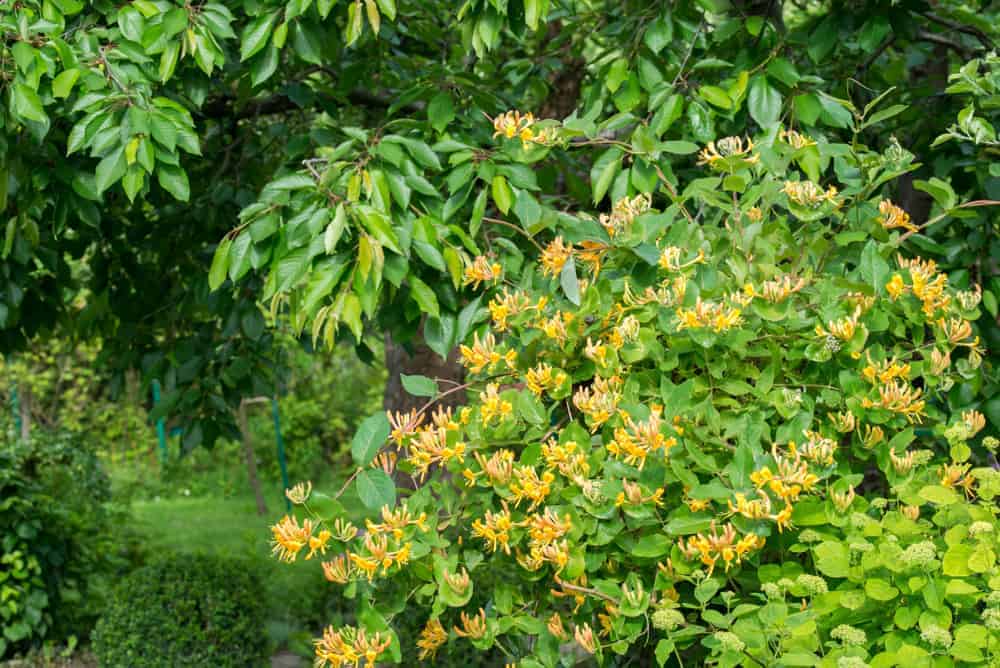
Purchase young plants in a greenhouse. After selecting a sunny, moist location and installing adequate support, you can start planting your Honeysuckle. Use a garden hoe and dig a hole three times wider than a pot.
Mix the native soil and compost and put the plant into the hole. Don’t forget to water it abundantly to remove air pockets. After the water drains, fill the rest of the hole with the mixture. Tie the new plant to the prepared supporting system and place a layer of mulch around.
Planting in a container
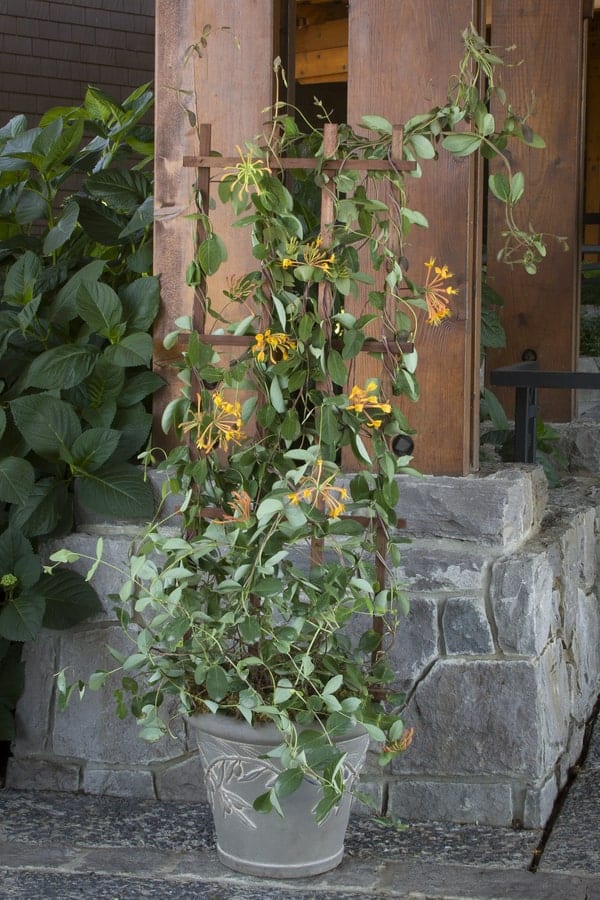
Find a container large enough for the growing root system of your plant. The best choice is to buy a container at least two to three times larger than the growing pot.
Fill it halfway with the earth and compost and put the plant into it. After watering, let the water drain and fill the hole with the mixture to the top.
The best solution to support your flower is to place the container next to a fence or south-facing wall. If it is not possible, install an arbor, pergola, or trellis for that purpose.
How to Care Honeysuckle in Your Garden
Space
Regardless of whether you plant Honeysuckle in spring or autumn, you should provide adequate space for it. Place your flowers at least 5 to 15 feet (1.5 – 4.6 m) apart, depending on its mature size.
Soil
This plant may grow in most types of the ground, but it will thrive best in well-drained humus. The perfect pH rates for this lovely flower to grow healthy and vigorous are from 6.1 to 7.8.
Take care that the soil is adequately moist and fertile, and you will get abundant flourishing for months.
Light
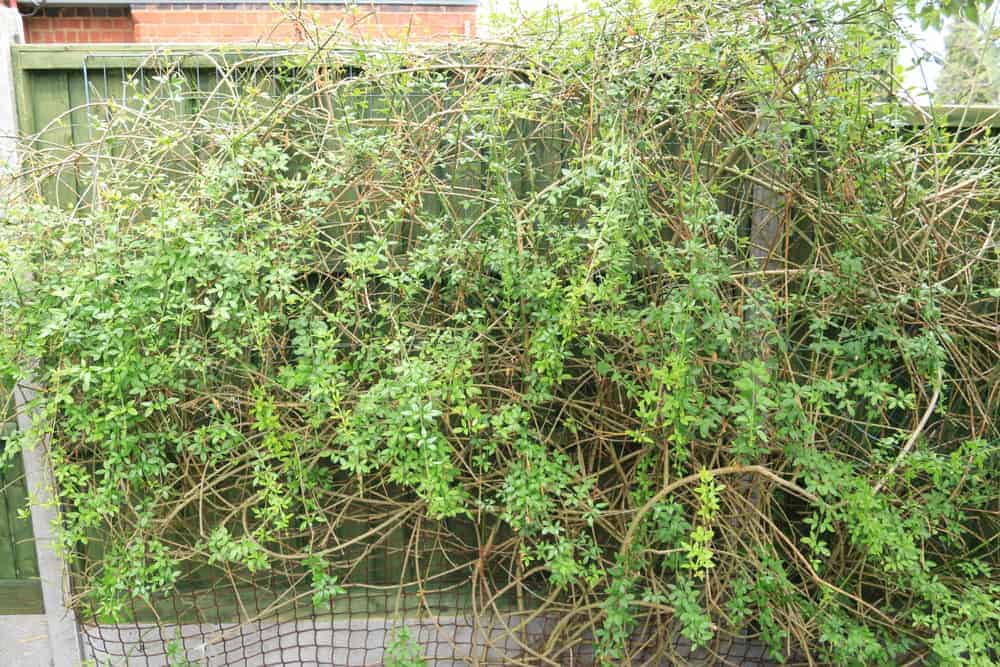
All three types of Honeysuckle prefer full sun with light shade during afternoons. However, you can place climbing types in shadow as long as it can reach sunlight.
Temperatures
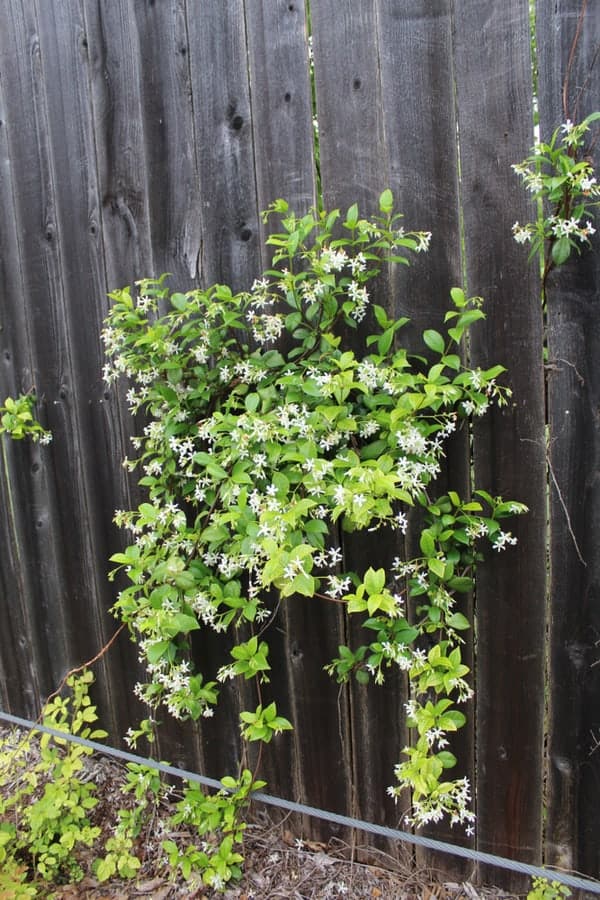
Honeysuckle goes dormant in winter and needs lower temperatures during that period of the year. Even temperature below 0 F (-18 C) can’t harm your flower. If you want your seeds to germinate properly, provide cold conditions for them.
There are a few tender varieties which need the protection from frost. Make sure the type of plant you choose is resistant to coldness if you live in the cold region.
Watering
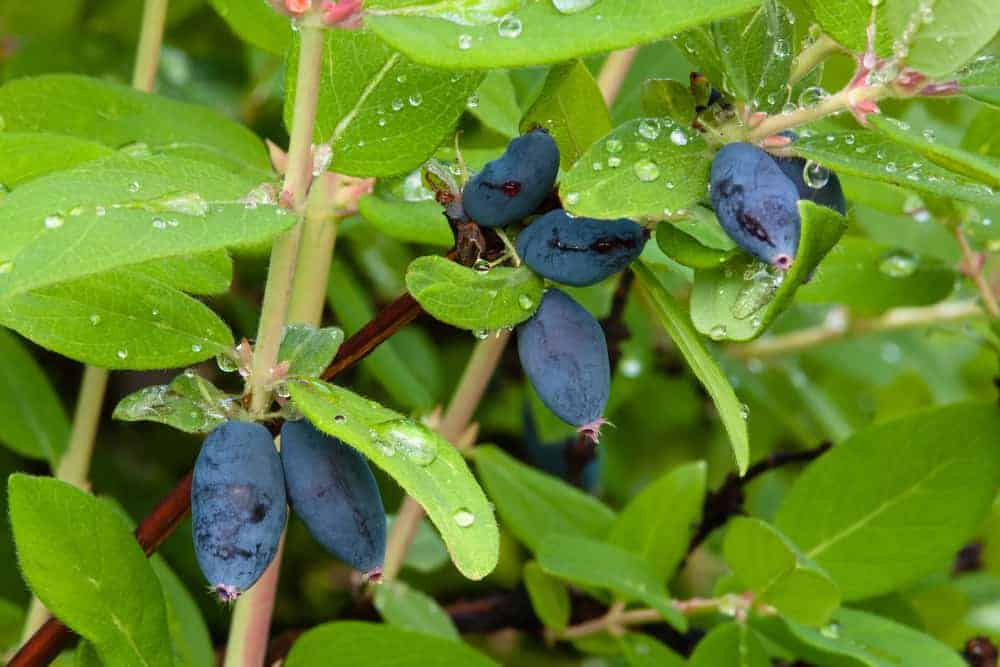
Consistently water your Honeysuckle after planting, and keep the ground moist until establishing. After that, add 1 inch (2.5 cm) of water a week, especially during hot summer days.
Fertilizing
Encourage the healthy growth of your flower by adding slow-release, low-nitrogen fertilizer in spring. However, if the soil is highly fertile, you probably don’t need to fertilize your plant at all.
Applying too much fertilizer will encourage the thriving of leaves, but the excess fertilizer will affect blooming negatively.
Mulching
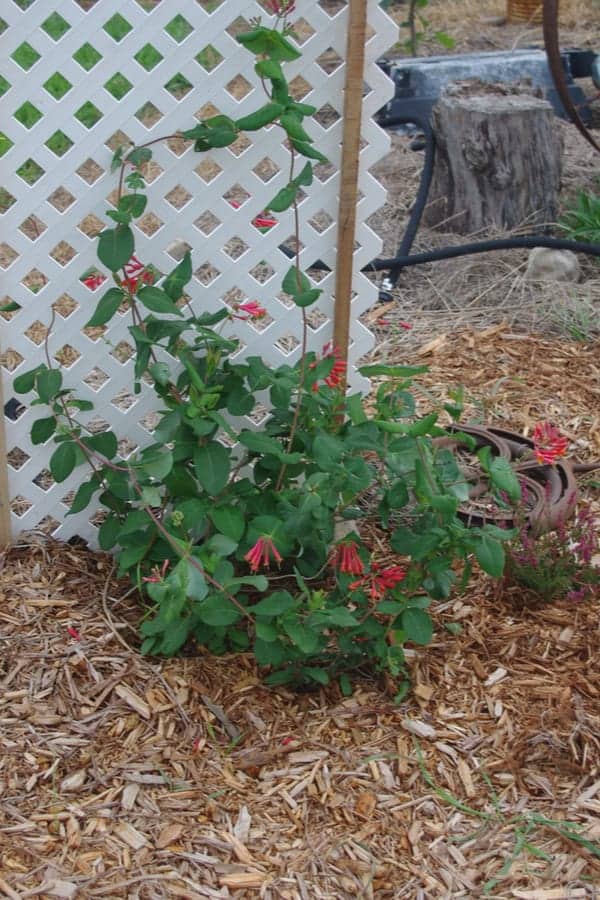
Don’t forget to add a 2 to 3 inches (5 – 7.5 cm) thick layer of mulch around your plant each spring. Organic compost or well-rotted manure will keep the ground well-moist and weed-free.
Supporting
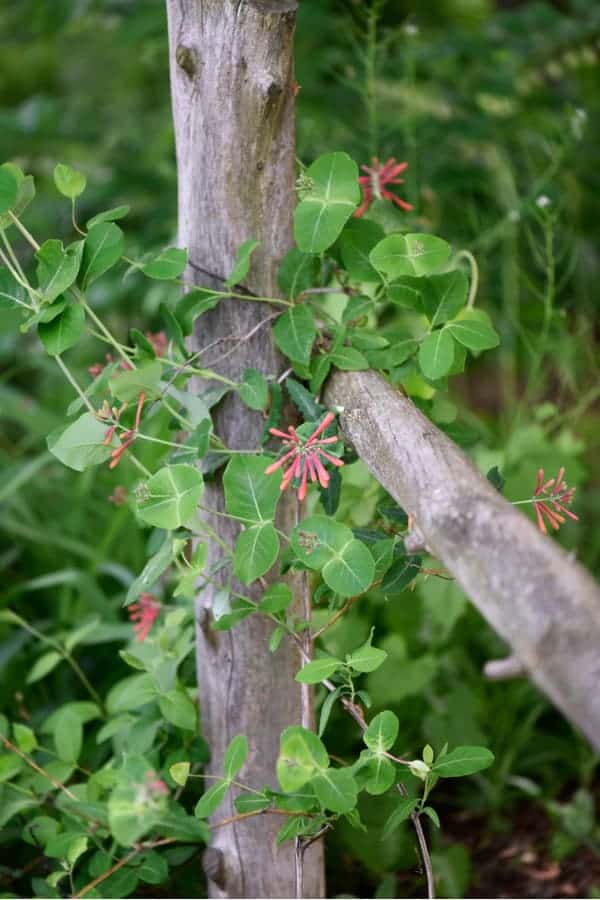
Except in a case when you grow this plant as a ground cover for controlling erosion, you will need a proper supporting system for vines varieties.
Always install the arbor, pergola, or trellis before start planting to prevent any damaging of the plant. You can let your Honeysuckle grows next to a wall as well.
Then place the young vine at least 6 to 12 inches (15 – 30.5 cm) away from the trellis. Your flower will need excellent airflow and a lot of space for growing healthy and vigorous.
Once Honeysuckle starts climbing, tie it with strong, stretchy material. One of the best options available is using strips of old pantyhose.
Pruning
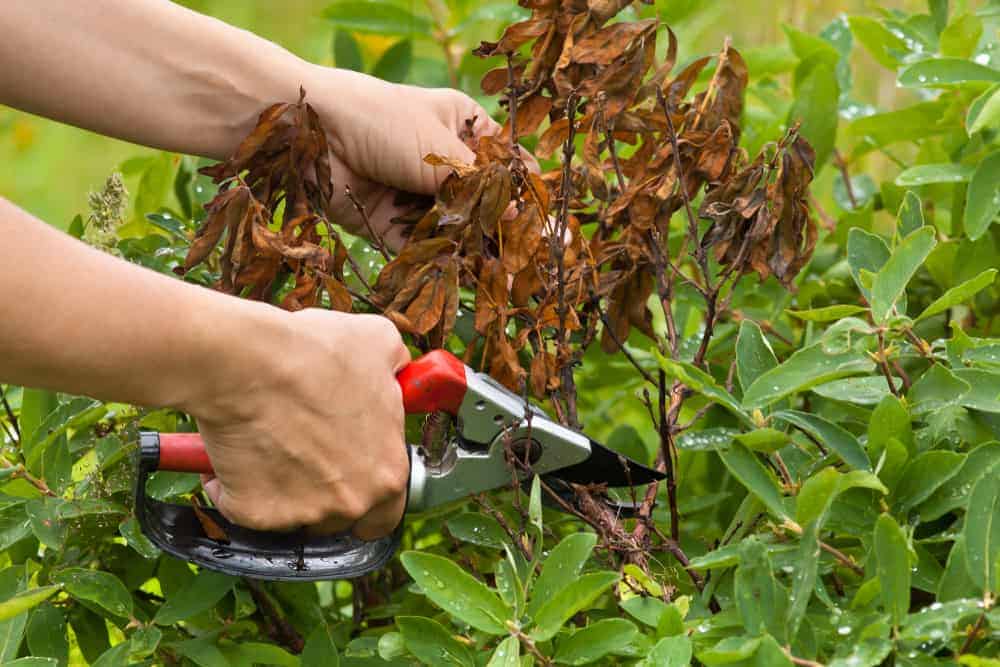
Pruning is a necessary activity for owners who decide growing Honeysuckle in their yards. The moment and the way of pruning will depend on the type of flower you want to grow.
Don’t try to prune your shrub before well-establishing. The best decision is to allow it to grow for at least two years before beginning with cutting.
To cut damaged or infected parts of the plant quickly and comfortably, you should use bypass pruning loppers. Try to do that above a leaf node to make producing new branches next year easier.
- Early-flowering variety – Avoid pruning this type of the plant during the season. The only way to get it blooms abundantly is to prune it after all flowers fade. Since new buds are produced on short shoots formed during the previous growing season, you should cut them by one-third. Do it in late summer to maximize the flourishing the following year.
- Late-flowering variety – The best period for light pruning is in spring since it blooms on the current season’s growth. The only thing you should do is to cut too long or damaged shoots with pruning shears and to thin too thick parts of the plant. Avoid hard cutting of this variety because you may prevent the abundant flourishing throughout the season.
- Renovating – You should finish this type of pruning in late winter. Cut stems to a height of approximately 2 feet (61 cm) to give your flower enough space to produce new shoots. That is an excellent method to renovate too congested plant.
Deadheading
The goal is to remove old and wilted flowers to encourage new growth. If you do the job too early or cut the plant too severe, you may kill it. Always leave the browning flower heads, which will produce berries. They will become an excellent food for birds.
Honeysuckle Pests And Diseases
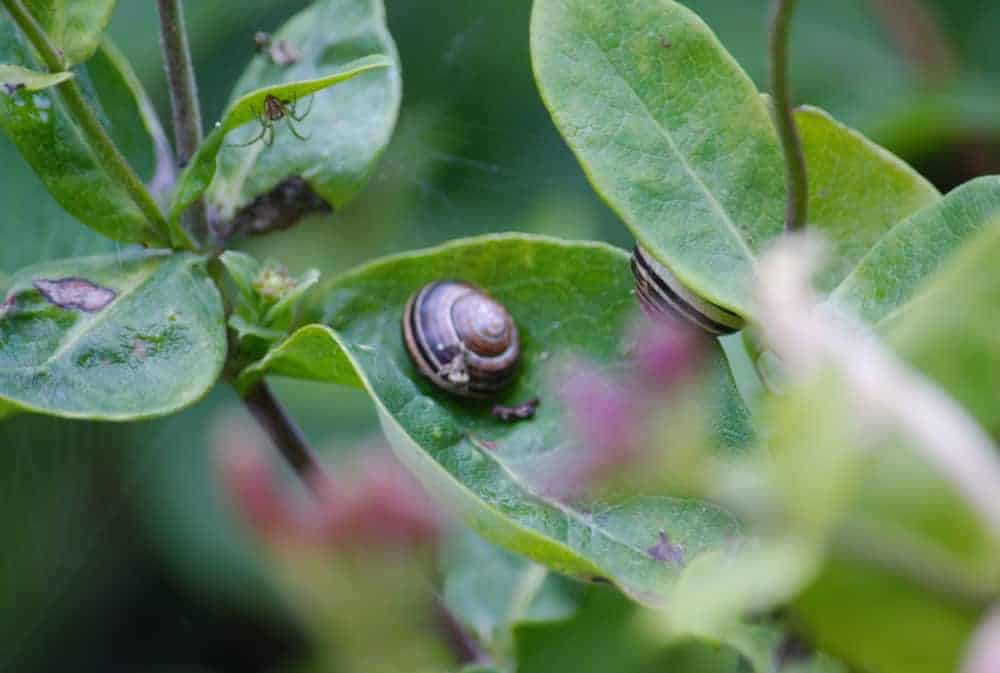
Honeysuckle is highly resistant to pests. Besides, this plant grows really fast, which means that it replaces damaged parts quickly.
However, your flower may have some issues with the soil deficient in necessary nutrients and inadequate place in the garden where it is planted. If you plant it in heavy clay ground, you can expect root rot because this type of soil can’t provide proper drainage.
If your plant doesn’t get enough sunlight, it will grow leggy, without blooming. On the other hand, if you plant Honeysuckle on the direct sun, it may burn flowers and leaves.
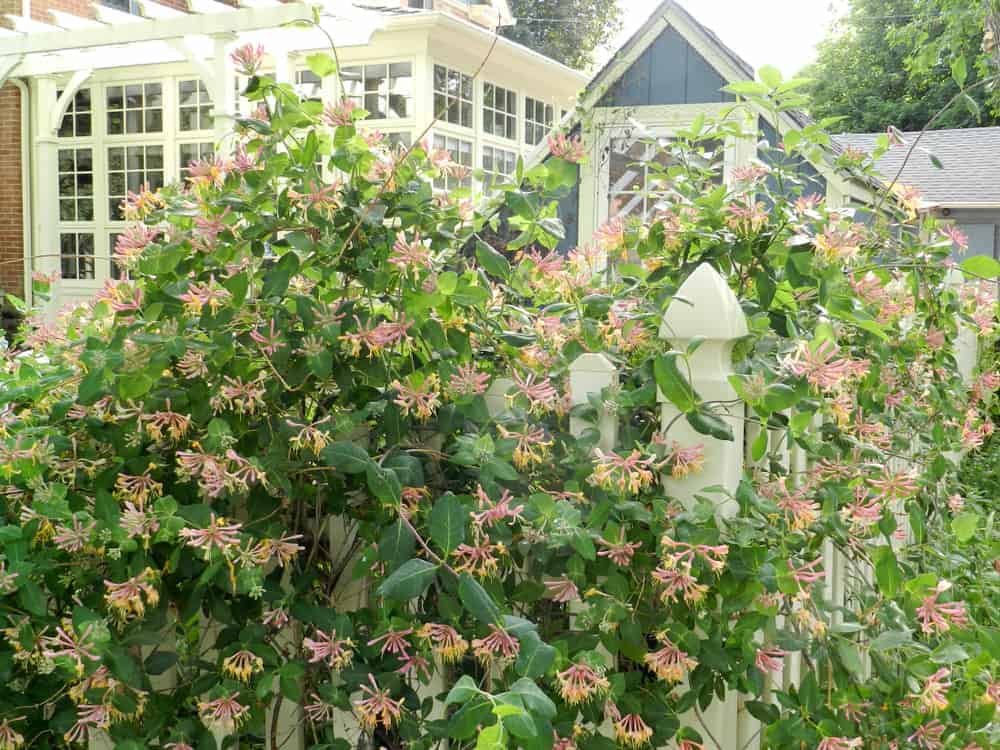
Leave a comment